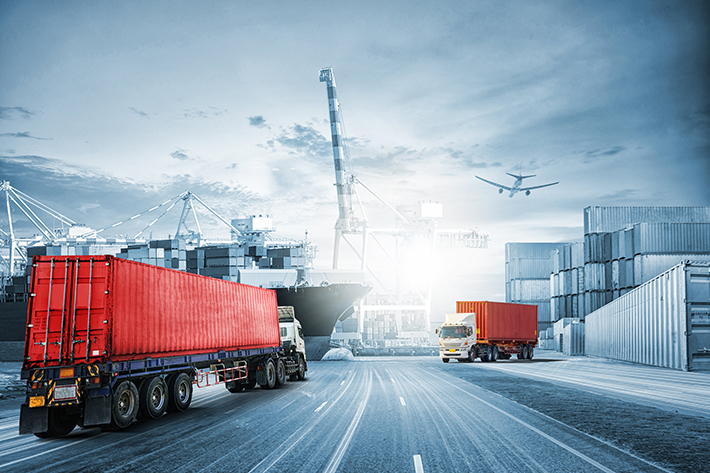In the fast-moving world of global trade, businesses depend on efficient logistics to transport goods across borders and meet customer expectations. International freight forwarding is the practice of organizing and managing the shipment of goods from one country to another using various carriers, transportation modes, and compliance protocols. While the process may seem complex, understanding each step helps businesses gain better control over their supply chains and avoid costly delays. This article breaks down the essential stages of international freight forwarding in a clear, step-by-step format.
What Is International Freight Forwarding?
International Freight Forwarding involves coordinating all the activities needed to move goods internationally, including booking cargo space, preparing export documentation, arranging customs clearance, and overseeing delivery to the final destination. Companies like Synergy Freight Management serve as intermediaries who manage these tasks on behalf of shippers, ensuring that shipments arrive safely, on time, and in compliance with regulations.
Step 1: Export Haulage
The process begins with export haulage—the movement of goods from the shipper’s premises to the freight forwarder’s warehouse or consolidation center. This can involve road transportation using trucks or vans, depending on the shipment size and proximity to the port or airport. During this stage, it is critical to secure the cargo properly and verify that it is packaged according to international standards.
Export haulage sets the foundation for the rest of the journey by ensuring goods arrive intact and ready for further processing.
Step 2: Export Customs Clearance
Before goods can leave the country of origin, they must pass through export customs clearance. The freight forwarder or their appointed customs broker prepares and submits all required documents to the relevant authorities. Common documents include the commercial invoice, packing list, export declaration, and any licenses or permits needed for regulated products.
The customs office reviews these documents, assesses duties or taxes if applicable, and authorizes the shipment to proceed. A delay at this stage can impact delivery timelines, so thorough preparation and accurate documentation are vital.
Step 3: Origin Handling
Once customs clearance is complete, the freight forwarder organizes origin handling activities. This step includes receiving the cargo at the warehouse, inspecting and labeling it, consolidating shipments if necessary, and loading it onto the transport vehicle—be it a container ship, cargo aircraft, or railcar.
Proper handling at origin ensures cargo security and compliance with carrier requirements. For example, some products require specific loading methods or temperature controls.
Step 4: Transportation
Transportation is the core of international freight forwarding. This stage involves moving the goods from the country of origin to the destination country. Transportation methods can include sea freight (ideal for large volumes), air freight (preferred for urgent shipments), or a combination of both in multimodal solutions.
During transit, the freight forwarder monitors the shipment’s progress and provides tracking updates to the client. This visibility helps businesses plan inventory, manage expectations, and prepare for the arrival of goods.
Step 5: Import Customs Clearance
Upon arrival in the destination country, the shipment undergoes import customs clearance. Similar to export clearance, this step requires submitting documentation to the local customs authority, paying any import duties or taxes, and complying with regulations.
Freight forwarders and customs brokers handle this process on behalf of the importer to ensure compliance and reduce delays. Any discrepancies in documentation can cause additional inspections or penalties, so attention to detail is essential.
Step 6: Destination Handling
After customs release, the freight forwarder arranges destination handling. This includes unloading the cargo from the transport vehicle, inspecting it for damage, and sorting or deconsolidating shipments if needed. The forwarder also prepares the cargo for the final leg of delivery.
Destination handling is often performed at a warehouse or distribution center near the arrival port or airport.
Step 7: Import Haulage
The final stage is import haulage—transporting the goods from the warehouse or handling facility to the consignee’s location. Depending on the destination, this could involve trucking, rail, or local courier services.
Once delivery is completed, the freight forwarder confirms receipt with the consignee and closes out the shipment records.
Conclusion
International freight forwarding is a multi-step process that requires coordination, compliance, and careful planning. From export haulage to final delivery, each stage plays a critical role in ensuring that cargo moves efficiently and safely across borders. By understanding this process, businesses can make informed decisions, improve logistics performance, and build stronger relationships with their customers. Partnering with an experienced freight forwarder helps organizations navigate complexities and focus on what they do best—growing their business in a global marketplace.



